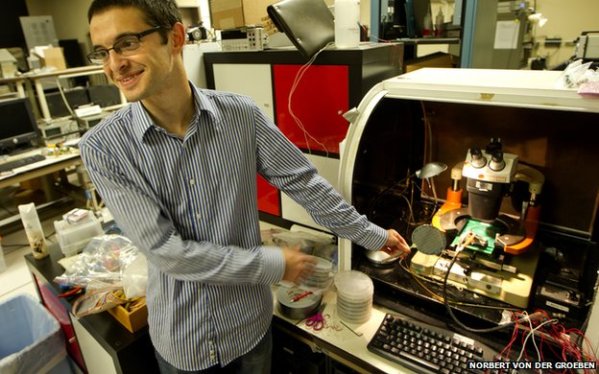The Stanford University born ‘Cedric’ has become the first computer built entirely of carbon nanotubes. It has been unveiled to open the door to a new era of digital devices. Till now, “Cedric” is only a basic prototype but could be developed into a machine which is smaller, faster and more efficient than today’s silicon models.

Cedric is the most complex carbon based electronic system till now. Cedric has a 1 bit processor with a speed of 1 kHz. It carries 178 transistors and each transistor contains 10-200 nanotubes. There are 2 billion carbon atoms together constructs all these tubes. It has the ability to do multitasking.
[advt]The computer operates on just one bit of information, and can only count to 32. In principle, it could be used to solve any computational problem. It runs a basic operating system which allows it to switch between two tasks – for example, counting and sorting numbers. Unlike its predecessors, Cedric gets the answer right every time.
The Stanford team consisting of Prof Subhasish Mitra, lead author and Max Shulaker, co-author hope their achievement will improve efforts to find a successor to silicon chips. Carbon nanotubes (CNTs) are hollow cylinders composed of a single sheet of carbon atoms.
The Carbon nanotubes have some properties which make them ideal as a semiconductor material for building transistors, the on-off switches at the heart of electronics. CNTs are so thin that thousands could fit side by side in a human hair. So it needs very little energy to turn off.
[advt]The Stanford team built chips with CNTs which are 99.5% aligned – and designed an algorithm to bypass the remaining 0.5%. A small fraction of CNTs always conduct electricity, instead of acting like semiconductors that can be switched off. The Stanford team call this technique as “imperfection-immune design”.
source : BBC


Be the first to comment